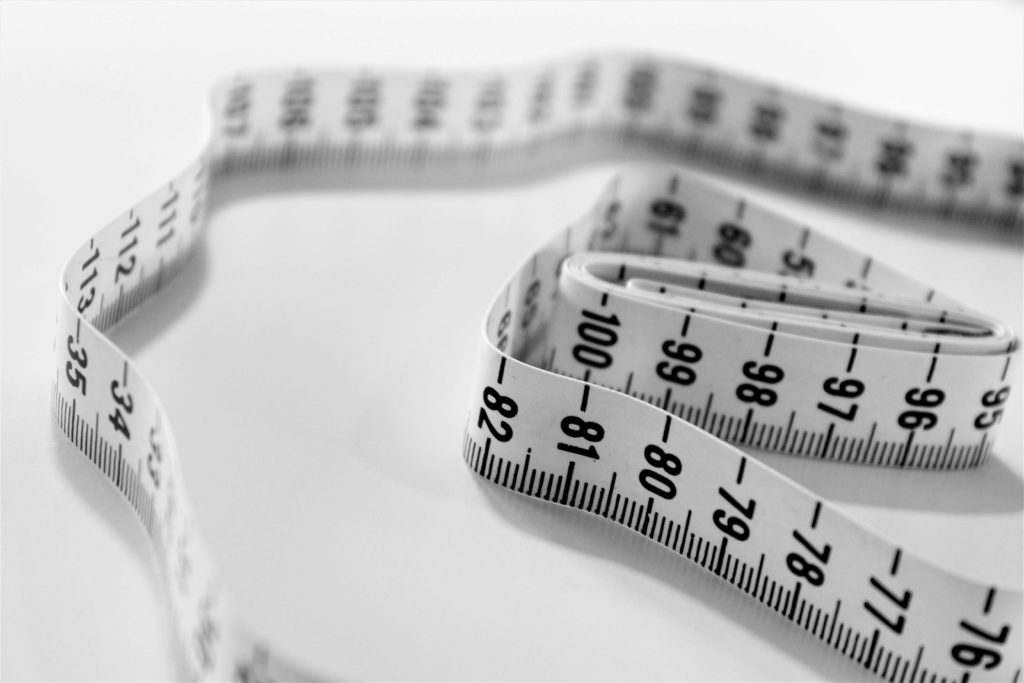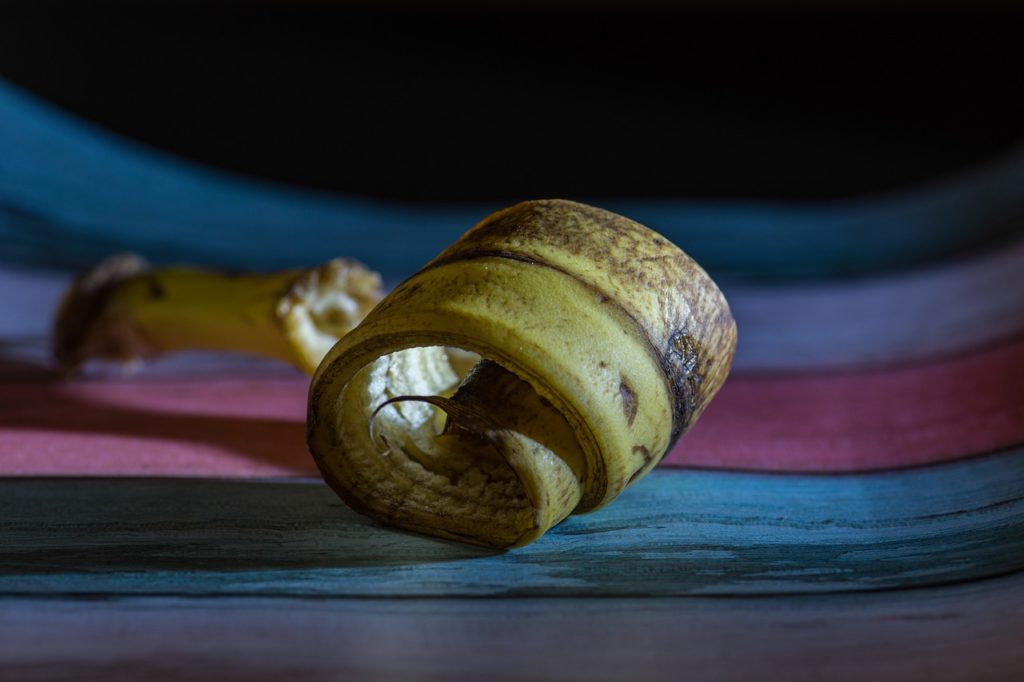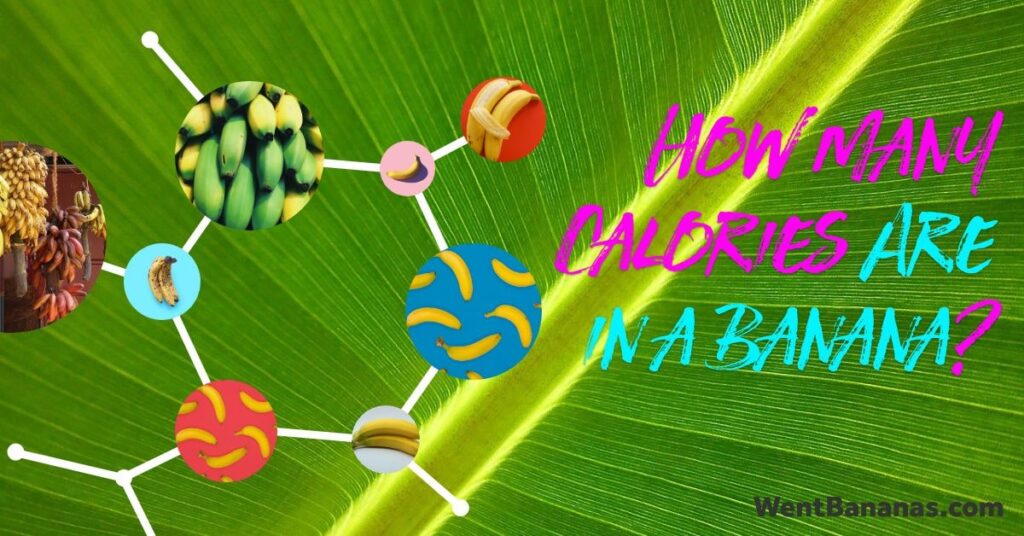There is some evidence to suggest that bananas may be helpful for managing cramps. Bananas are a good source of potassium, which is an essential mineral that can help regulate muscle contractions and prevent cramps.
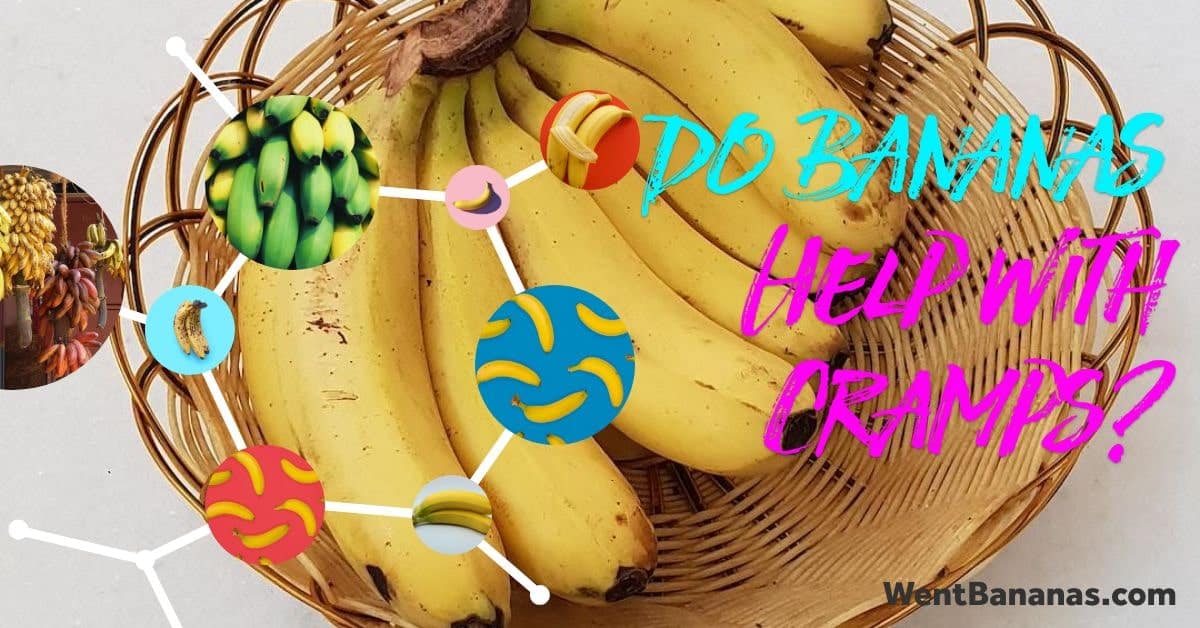
They are also a good source of vitamin B6, which plays a role in the production of red blood cells and can help support healthy nerve function. Additionally, bananas are a good source of carbohydrates, which can provide the body with energy and help reduce fatigue.
Eating a banana when you are experiencing cramps may help to provide some relief. However, it is always a good idea to talk to a doctor if you are experiencing chronic or severe cramps, as they may be a sign of an underlying medical condition. So, do bananas help with cramps? Let’s find out.
What Other Fruits Can Help with Cramping?

Cramps can be an uncomfortable and even painful experience for many people. Fortunately, there are a few fruits that may help to reduce the severity of cramps or even prevent them altogether.
Bananas are a rich source of potassium, which helps muscles to contract and relax properly.
Eating bananas before or after physical activity may lessen cramping caused by exercise-induced dehydration and electrolyte imbalances.
Apples contain quercetin, an antioxidant found in apple peel that has anti-inflammatory properties to relieve muscle pain associated with stress-related conditions such as fibromyalgia and carpal tunnel syndrome.
Citrus fruit like lemons provides vitamin C which supports collagen production – making tendons more resilient against inflammation from strenuous activities like running or weight lifting .
Finally, watermelon is packed with lycopene which acts as an antioxidant reducing inflammation due to strenuous workouts at the gym or on sports fields.
All these fruits have been proven beneficial in treating muscle soreness caused by physical exertion, so incorporating them into your diet may give you relief from cramping symptoms.
How about Bananas Relieving Menstrual Cramps?
Periods can be a painful, inconvenient, and uncomfortable experience for many women. While there are a number of treatments that are commonly used to help relieve menstrual cramps, one that has often been suggested is eating bananas. But do bananas actually help with menstrual cramps?
In this article we’ll explore the subtopics of what are menstrual cramps, whether there are any remedies to help with menstrual cramps, if evidence suggests that bananas can help with menstrual cramps, what other foods can provide relief for menstrual cramps, and how to integrate different foods into a diet for monthly pain relief.
So continue reading to learn more about the effectiveness of bananas when it comes to menstrual cramps and how to incorporate them into a healthy diet.
What Are Menstrual Cramps?

Menstrual cramps, which are also known as “dysmenorrhea” or “period pain”, are common and painful sensations that women experience before and during their menstrual cycle.
The cramps may occur two to three days prior to the start of your period and can continue throughout the duration of it. They typically last up to three days but can vary in intensity from mild discomfort to severe pain depending on the individual.
The cause of menstrual cramps is not fully understood but medical professionals generally attribute them either directly or indirectly related to prostaglandins – hormones produced by your uterus that help regulate contractions in order for shedding blood and tissue more effectively at each cycle time.
When too many prostaglandins accumulate in a woman’s body, they will usually trigger muscle contraction around the womb which leads to those familiar unpleasant feelings associated with menstrual cramping.
In order for managing these symptoms there are several approaches available such as taking over-the-counter medications like ibuprofen or anti-inflammatory drugs; using heating pads; practicing relaxation techniques like yoga or meditation; exercising regularly (as it helps release endorphins); eating healthy foods (especially omega fatty acids); drinking plenty of water daily; avoiding caffeine/alcohol consumption, etc. Ultimately each person should determine what works best for them since everybody has different needs when dealing with this condition accordingly
Are There Any Remedies to Help with Menstrual Cramps?
Menstrual cramps, also known as dysmenorrhea, can be extremely uncomfortable and disruptive to everyday life. Fortunately, there are various remedies available to help alleviate the pain associated with menstrual cramps.

« The Ultimate Guide to Safely Cutting Bananas for Your Baby’s First Food
How to Make Delicious Banana Bread with Honey: Step-by-Step Recipe and Expert Tips »
The most common remedy is taking over-the-counter nonsteroidal anti-inflammatory drugs (NSAIDs). This class of medications includes popular brands such as ibuprofen or naproxen which work by blocking inflammation and reducing pain signals sent to the brain.
Another option is heating pads or hot water bottles placed on the lower abdomen which can improve blood circulation and reduce muscle tension in the affected area.
Additionally, yoga poses have been found to provide relief for those who experience dysmenorrhea due to their ability to relax muscles and create a sense of overall well-being in both body and mind.
Though these remedies may not completely cure your menstrual cramps symptoms they may help you find some comfort during these difficult times every month!
Is There Evidence to Suggest That Bananas Can Help with Menstrual Cramps?
There is some evidence to suggest that bananas can help reduce menstrual cramps. Bananas are high in potassium, which helps relax the muscles and alleviate pain caused by cramping.
They also contain vitamin B6, which helps regulate hormones and may help relieve symptoms of premenstrual syndrome (PMS). Additionally, bananas contain magnesium – a mineral known for its anti-inflammatory properties – making them potentially beneficial in reducing period-related inflammation.
Although there is no definitive proof that eating bananas will completely eliminate menstrual cramps or PMS symptoms, it may be worth incorporating this nutritious fruit into your diet when experiencing discomfort due to menstruation.
Studies have found that dietary changes can make a difference with regard to managing painful periods and related issues; therefore consuming more of these nutrient-rich snacks during your time of the month might be helpful as a part of an overall approach for alleviating menstrual pain naturally
What Other Foods Can Provide Relief for Menstrual Cramps?
Menstrual cramps can be extremely uncomfortable and even debilitating at times. While many people rely on ibuprofen or other pain medications to provide relief for menstrual cramps, there are several foods that may also help.

One of the most effective remedies is magnesium-rich foods such as spinach, black beans, almonds, dark chocolate, and avocados. Magnesium helps relax muscles which can aid in reducing contractions during menstruation and ultimately provide relief from painful periods.
Moreover, essential fatty acids found in flaxseed oil have been scientifically proven to reduce symptoms associated with menstrual cramping including pain levels and inflammation caused by prostaglandins (hormone-like substances).
Other sources of beneficial omega-3s include salmon, chia seeds, and walnuts. Additionally, it is recommended to eat plenty of calcium-rich food since this mineral has been linked with helping reduce tension in the uterus muscles thus providing comfort from period pains like bloating, etc.
Some great sources of calcium include dairy products such as cheese or yogurt, green leafy vegetables like kale or bok choy, tofu made with calcium sulfate along with sardines canned in oil .
Finally, Vitamin B6 supplements have long been used for relieving PMS symptoms due to their calming effect on hormone levels before your cycle begins. The best dietary source for getting an adequate amount of vitamin B6 would be legumes like chickpeas/l
How to Integrate Different Foods into a Diet for Monthly Pain Relief.
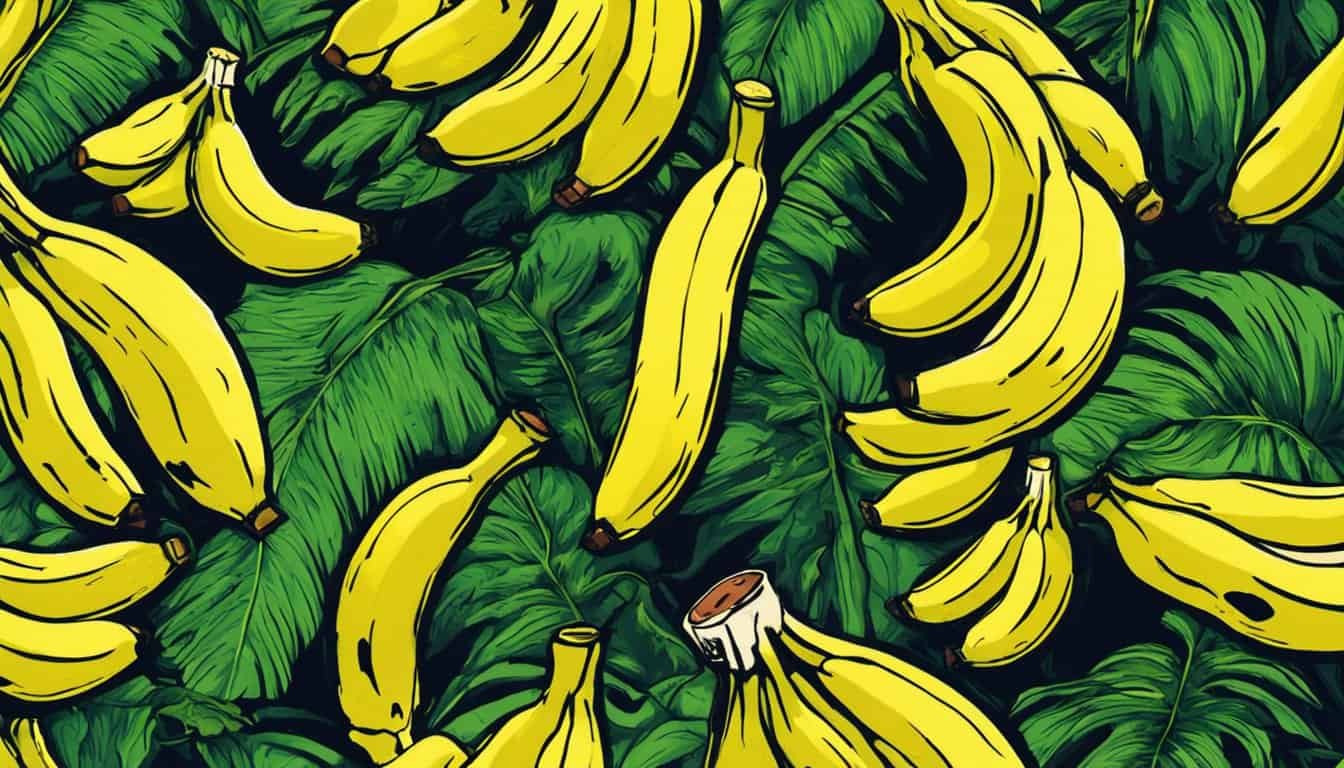
Eating a variety of foods is important for overall health, and it can also benefit people who suffer from monthly pain relief. By making some simple dietary changes, individuals can integrate different foods into their diet to alleviate discomfort associated with menstrual cramps or other PMS symptoms.
Some food categories that may be beneficial include whole grains, fruits, and vegetables, lean proteins such as fish or tofu, and plant-based fats like nuts, avocados, and seeds. Whole grain options are complex carbohydrates providing sustained energy throughout the day without spiking blood sugar levels as refined carbs do; they also provide fiber which aids in digestion.
Fruits offer vitamins while vegetables contain essential minerals that help regulate hormone activity; both have antioxidant properties to reduce inflammation caused by free radicals in the body associated with pain relief issues during menstruation cycles.
Plant-based proteins supply amino acids necessary for muscle healing while healthy fats provide fatty acids needed for structure within cells – all key components of a balanced meal plan targeting monthly pains specifically due to hormonal imbalances related to fluctuations over time due to menstrual cycles
Helping Menstrual Cramps with Bananas
In conclusion, while there is some evidence to suggest that consuming bananas may help with menstrual cramps, it is not definitive. Ultimately, the most effective way to alleviate menstrual cramps is by integrating a variety of healthy and balanced foods into your diet.

If you’re looking for more information about which foods can provide relief for monthly pain relief, be sure to check out our website!
Our Final Thoughts
From oranges to pears, there are a variety of fruits that can help with muscle cramps. Bananas have been found to be especially effective due to their natural electrolytes and potassium content.
If you are looking for an easy way to provide your muscles with the nutrients they need, consider adding more bananas or other fruits to your diet. To learn about all the different ways you can use fruit as part of a healthy lifestyle, visit our website today!







